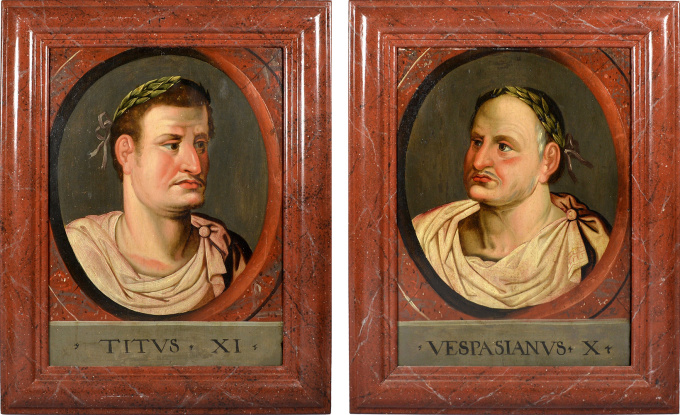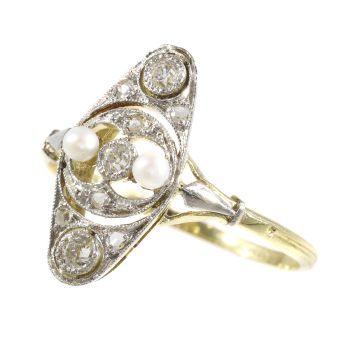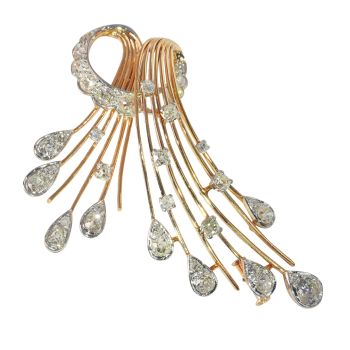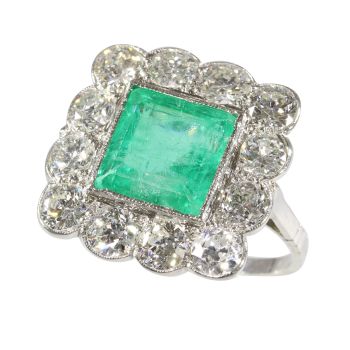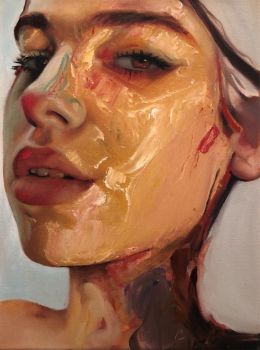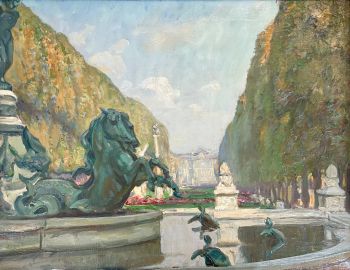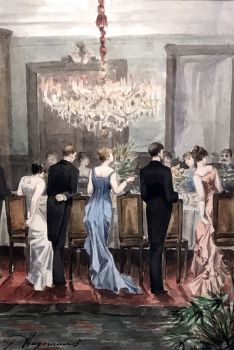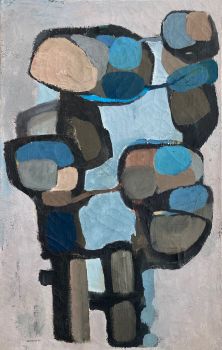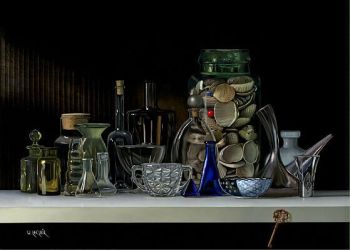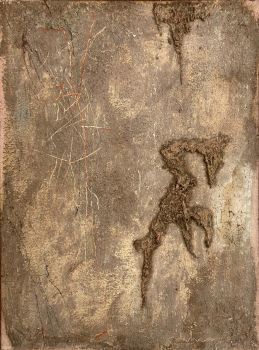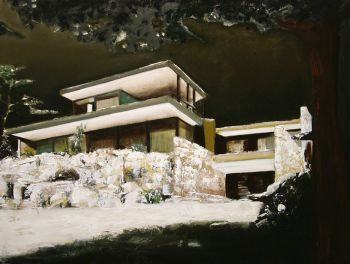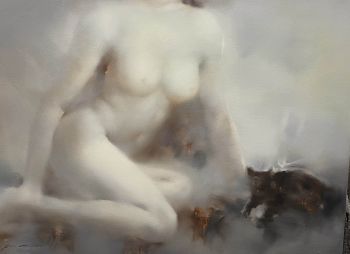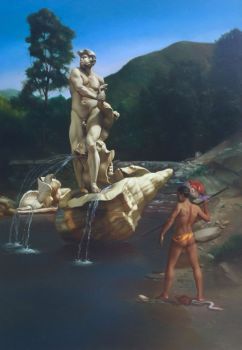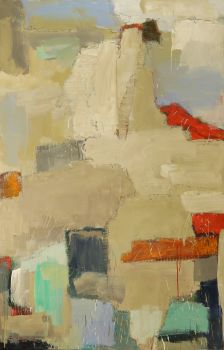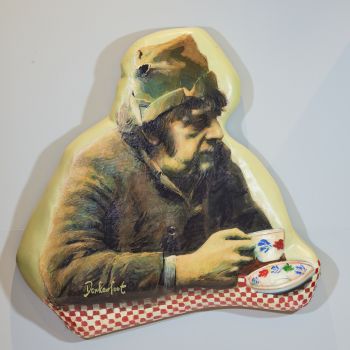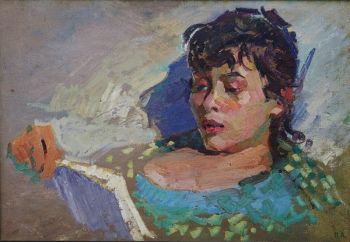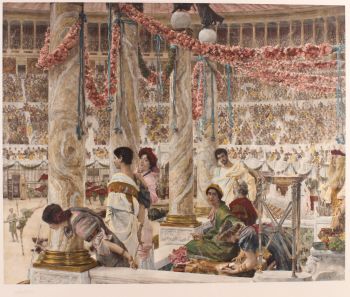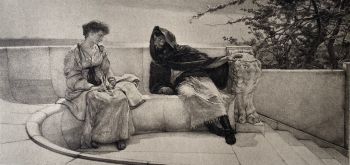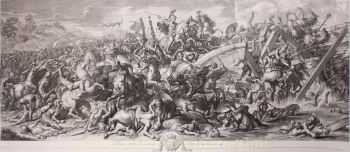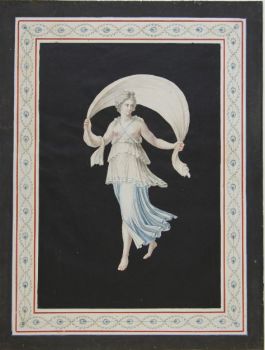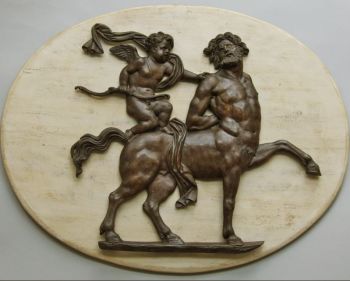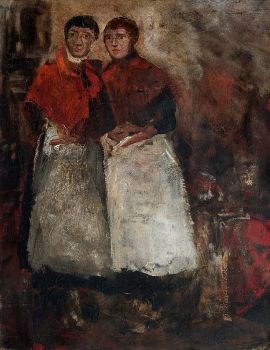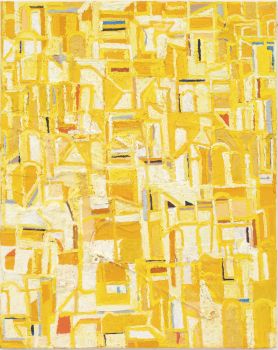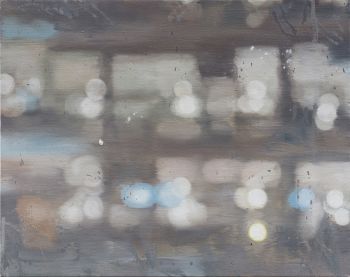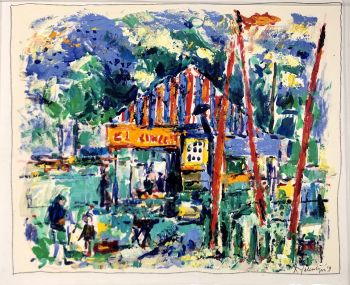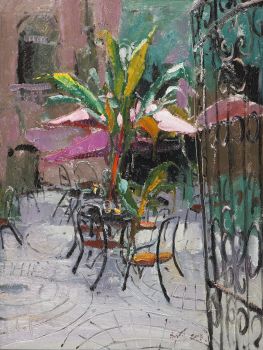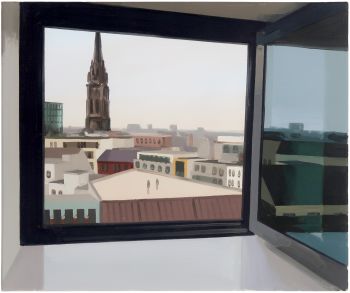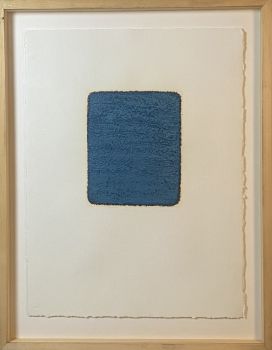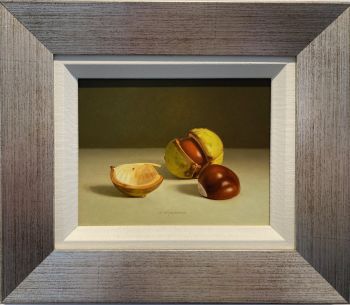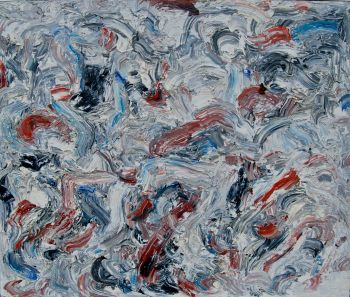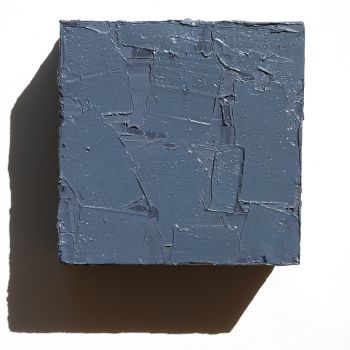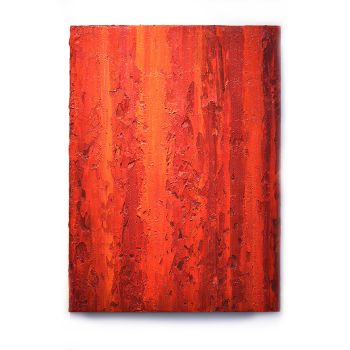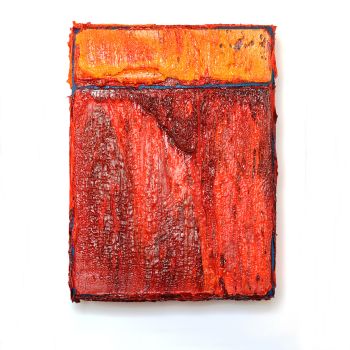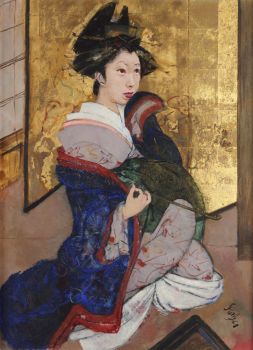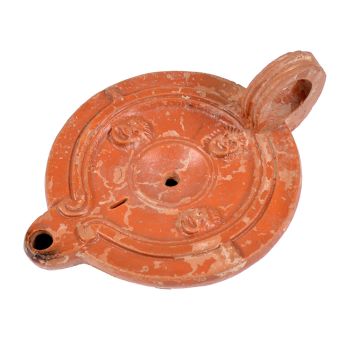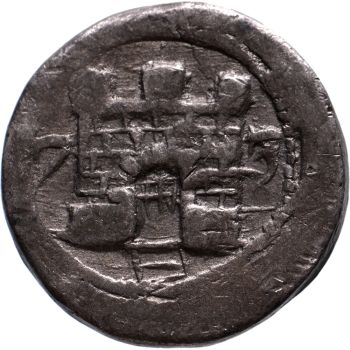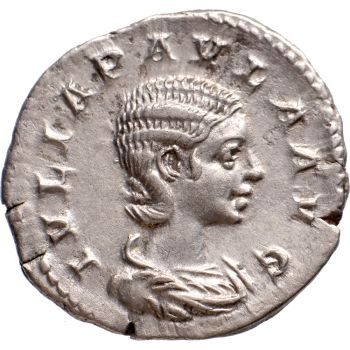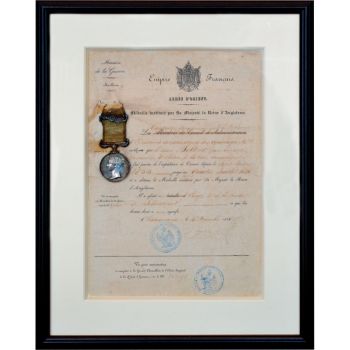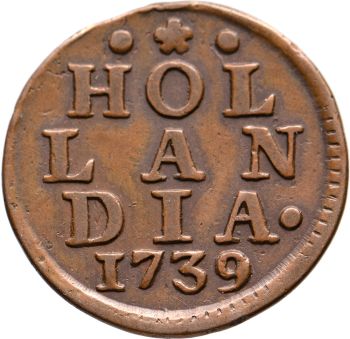Two Roman ‘Twelve Caesars’ paintings of Vespasian and Titus, 17th century 1626 - 1700
Artiste Inconnu
Peinture à l'huilePeindre
€ 12.500
Jongeling Numismatics & Ancient Art
- Sur l'oeuvre d'artItalian school, after Peter Paul Rubens
Two portraits from the range of the ‘Twelve Caesars’. Three-quarter laureate portraits in oval. The name of the emperor below with Roman numeral.
Oil paint on wooden panel, in modern frame
Based on the series of twelve bust-length portraits of Roman emperors originally painted by Peter Paul Rubens in about 1626. He painted the first twelve emperors whose lives were documented by the Roman author Gaius Suetonius Tranquillus, a popular theme in the 17th century.
Suetonius’ work has also had a significant impact on coin collecting. Even in Rubens’ time, collecting the twelve caesars in gold and silver was a popular pursuit for collectors of Roman coins.
Dimensions: 450 x 350 mm - Sur l'artiste
Il peut arriver qu'un artiste ou un créateur soit inconnu.
Certaines œuvres ne doivent pas être déterminées par qui elles sont faites ou elles sont faites par (un groupe d') artisans. Les exemples sont des statues de l'Antiquité, des meubles, des miroirs ou des signatures qui ne sont pas claires ou lisibles, mais aussi certaines œuvres ne sont pas signées du tout.
Vous pouvez également trouver la description suivante :
•"Attribué à …." A leur avis probablement une oeuvre de l'artiste, au moins en partie
•« Atelier de …. ou « Atelier de » À leur avis, une œuvre exécutée dans l'atelier ou l'atelier de l'artiste, éventuellement sous sa direction
•« Cercle de… ». A leur avis une oeuvre de la période de l'artiste témoignant de son influence, étroitement associée à l'artiste mais pas forcément son élève
•« Style de … ». ou "Suiveur de ...." Selon eux, une œuvre exécutée dans le style de l'artiste mais pas nécessairement par un élève ; peut être contemporain ou presque contemporain
•« Manière de… ». A leur avis une oeuvre dans le style de l'artiste mais d'une date plus tardive
•"Après …." A leur avis une copie (quelle qu'en soit la date) d'une oeuvre de l'artiste
•« Signé… », « Daté… ». ou « Inscrit » À leur avis, l'œuvre a été signée/datée/inscrite par l'artiste. L'ajout d'un point d'interrogation indique un élément de doute
• "Avec signature ….", "Avec date ….", "Avec inscription …." ou "Porte signature/date/inscription" à leur avis la signature/date/inscription a été ajoutée par quelqu'un d'autre que l'artiste
Êtes-vous intéressé par l'achat de cette oeuvre?
Artwork details
Related artworks
Artiste Inconnu
MATERNITY FIGURE, FANG-MABEA, CAMEROON.PROVENANCE R.CAILLOIS-P.RATTON.1920 - 1930
Prix sur demandeSpectandum Gallery
1 - 4 / 12Anthonie Pieter Schotel
BOTTERS OP DE ZUIDERZEE MET DOOR HET WATER WEERKAATST ZONLICHT1920 - 1950
Prix sur demandeGalerie Het Noorderlicht
1 - 4 / 24Lawrence Alma-Tadema
"Caracalla and Geta: Bear Fight in The Colloseum, AD 203" 1907
Prix sur demandeGallerease Selected
 Sélectionné par
Sélectionné parDanny Bree
Artiste Inconnu
Bracelet en diamant du XVIIIe siècle avec intailles vieilles de 2000 ans1790
€ 23.000Adin Fine Antique Jewellery
 Sélectionné par
Sélectionné parDanny Bree
1 - 4 / 20- 1 - 4 / 24
- 1 - 4 / 12

